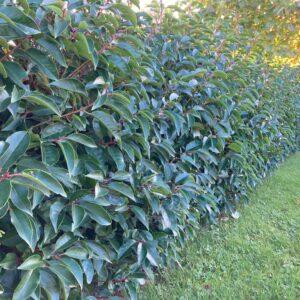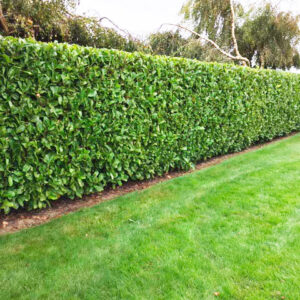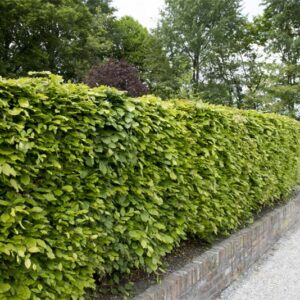Description
In the spring, Whitethorn hedging produces masses of stunning white moderately fragrant flowers, which are incredibly popular with insects and birds. Once pollinated, these stunning flowers develop into glossy red berries known as haws, which offer a much-loved treat and vital food source to a variety of native birds and wildlife.
Whitethorn hedges are ideal as a border or stock-proof hedges due to their fast-growing, dense crown and sharp thorns and they are becoming increasingly popular for many homes across the country as they support a variety of ecosystems and the environment.
How large will Whitethorn hedges grow?
Whitethorn plants have a very fast growth rate, achieving around 40-60cm growth per year and can grow up to 8m in height. They are low maintenance plants, needing little care and attention once established.
How to grow Whitethorn hedge
Whitethorn hedging plants are extremely resilient and are suitable for most soil types although we recommend avoiding very wet soil. It grows well in sun or light shade and thrives well when mixed with other native hedging plants such as Holly, Hazel and Beech.
Whitethorn requires little to no maintenance and pruning except to remove dead, diseased or dying growth and to thin out overcrowded branches. If pruning is needed, this should be carried out anytime from early autumn to late spring.
How to plant Whitethorn hedging
The best time to plant your new Whitethorn hedges is late autumn until early spring (October to March) as this allows new hedges to grow and flourish. Bare root plants are widely available at this time and are a cost-effective solution if you’re looking to plant a lot.
For a dense, bushy hedge Whitethorn should be planted in a staggered double row, around 5 plants per metre should do the job for farmland or larger gardens, whereas 3 plants per metre in a single row is perfect for domestic households.
Once the bare roots have been planted into weed-free ground at the same depth the plant was growing at previously, you should cut the hedge back to around 12 inches and prevent weeds from growing up through the new plants, lay plastic down followed by a layer of chippings to keep it secure.






